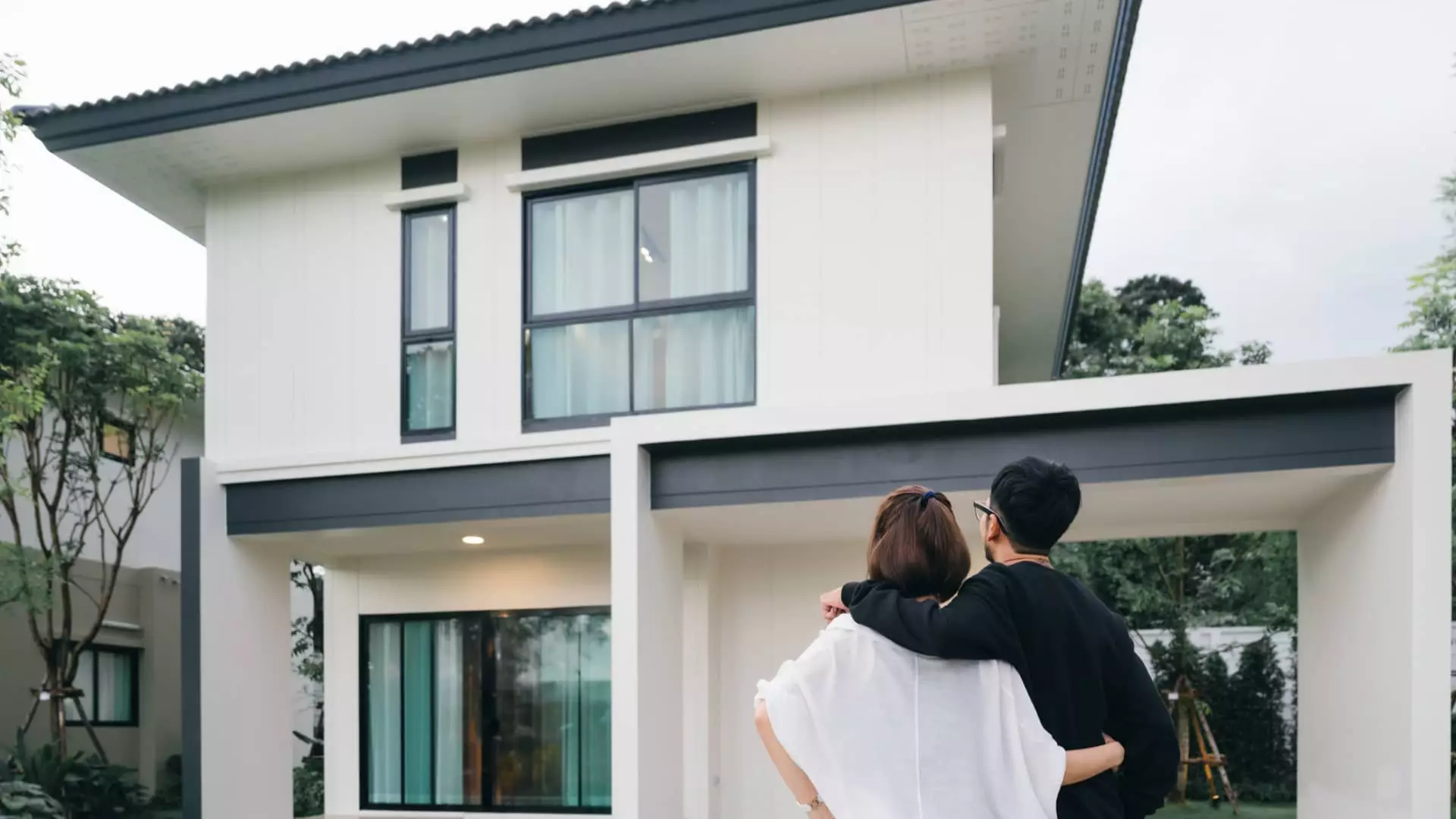The dream of homeownership is a significant aspiration for many families and individuals. However, the path to owning a home, especially when considering the down payment, can be riddled with challenges and varying timelines depending on one’s location. This article delves into the factors affecting how long it may take to save for a 20% down payment and the broader implications for potential buyers.
The duration required to save for a substantial down payment, such as 20% of a home’s purchase price, is heavily influenced by geographical location. According to RealtyHop, areas like New York City present formidable barriers—requiring nearly 11 years for an average buyer to save around $173,000, a hefty sum representing 20% of the local median home price, which is approximately $865,000. This scenario highlights the disparity between locations, with living costs directly impacting the ability to save effectively.
For instance, in stark contrast, Detroit boasts one of the lowest barriers to homeownership, allowing potential buyers with a median income of about $39,575 to gather a 20% down payment in a mere 2.53 years. This highlights a significant regional advantage for residents of less expensive cities where the median home price stands at around $100,000. It is evident that living in a less costly geographic area can make the dream of homeownership more attainable.
An interesting facet of home buying is how family obligations can alter the timeline for amassing a down payment. A report from Zoocasa indicated that homebuyers with children take considerably longer to save due to ongoing expenses associated with raising children, particularly childcare costs. In Detroit, parents may need approximately 20.3 years to accumulate enough for a 20% down payment, juxtaposed with non-parents who can potentially do so in just 4.2 years. This dichotomy underscores the additional financial pressures that parents face, complicating their home-buying timeline.
In regions with soaring housing prices, potential homeowners face even steeper challenges. Cities like Los Angeles, where the median home price is around $1.13 million, create daunting obstacles for aspiring buyers. In LA, a 20% down payment would require saving about $1,339 monthly for over 14 years. This reality exemplifies how rising real estate prices necessitate longer savings periods, a trend echoed in similarly expensive cities such as Miami and New York City.
Economists like Jacob Channel have pointed out that the pressure to save for a hefty down payment is amplified in more competitive markets, making the dream of homeownership seem out of reach for many. The escalating nature of property prices exacerbates this issue, as first-time buyers struggle to gain a foothold in the market.
It’s also crucial to acknowledge that a traditional 20% down payment is often not a prerequisite for homeownership. Recent trends illustrate an average down payment of approximately 14.5% in the U.S. as of the third quarter of 2024. Various financing options, such as VA loans and USDA loans, offer alternatives that require significantly lower—or even zero—down payments.
However, aspiring buyers must remain cognizant of the implications of a smaller down payment. While it can facilitate a faster entry into the housing market, this often leads to higher monthly mortgage payments and additional charges, such as Private Mortgage Insurance (PMI). According to research, PMI costs can add an extra substantial sum to monthly payments, depending on the home’s value and the buyer’s creditworthiness, accentuating the importance of long-term financial planning.
Successfully navigating the complexities of home purchasing requires strategic financial planning. It is essential for prospective buyers to assess their current financial standing, create a budget, and determine feasible savings targets. Experts like Melissa Cohn encourage setting realistic financial goals while actively seeking to understand local housing markets and typical prices, thereby allowing potential buyers to learn about the specifics of what they can afford.
In addition to the down payment, potential homeowners must also account for closing costs, which can range from 2% to 6% of the loan amount, adding another layer of financial consideration. Navigating this landscape requires a proactive approach, including consultations with real estate agents or mortgage brokers to gain a comprehensive understanding of all costs involved.
The journey to homeownership varies significantly based on location, family circumstances, and personal financial management. By understanding these dynamics and exploring various financing options, individuals can take measured steps toward achieving their homeownership dreams.


Leave a Reply